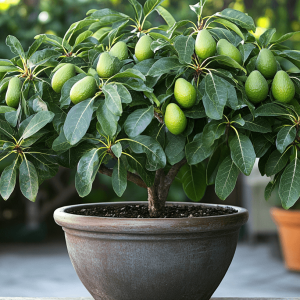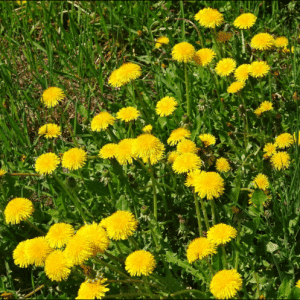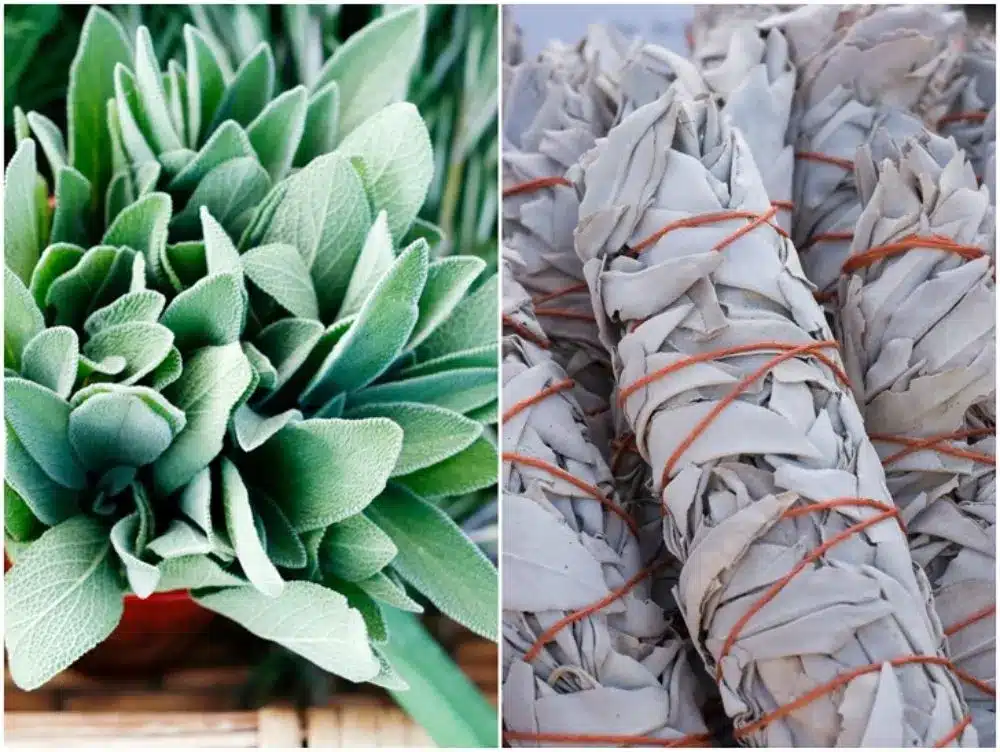
Sage, known botanically as Salvia officinalis, is a versatile and hardy herb with a long history in medicinal, culinary, and decorative uses. Its earthy aroma and robust flavor make it popular in cooking, while its therapeutic qualities contribute to natural wellness practices. Whether you’re a seasoned gardener or new to herbs, growing sage offers numerous benefits. In this article, we’ll explore five compelling reasons to cultivate sage and delve into 20 creative ways to use this valuable plant.
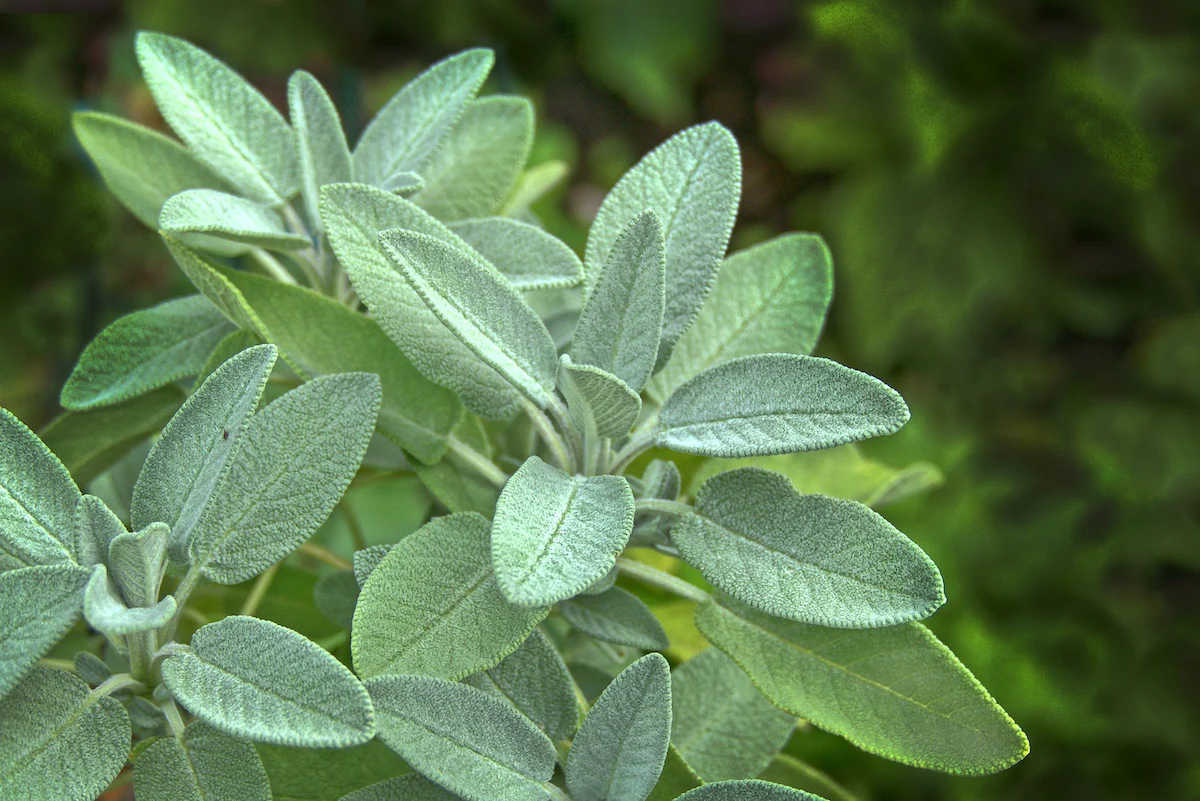
Why Grow Sage? Five Key Benefits
Easy to Grow and Maintain
Sage is a resilient plant that can adapt to various growing conditions. It thrives in sunny locations with well-draining soil and requires minimal watering once established. Perfect for low-maintenance gardening, sage’s hardiness makes it a favorite among beginner and seasoned gardeners alike.
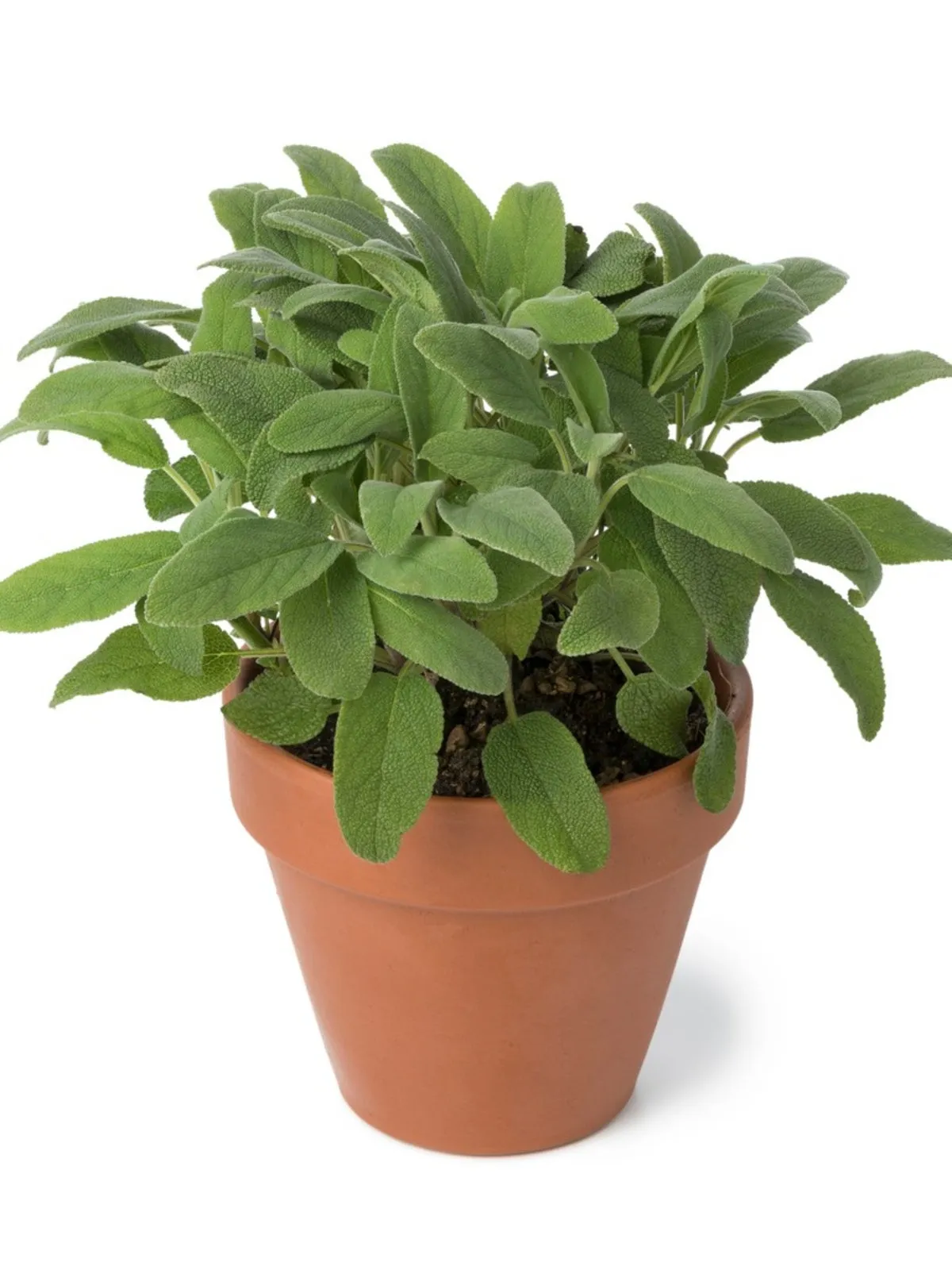
Naturally Repels Pests
Sage is a natural deterrent for garden pests, including cabbage moths, beetles, and carrot flies. When planted near other vegetables and herbs, it can act as a natural shield, reducing the need for chemical pesticides.
Attracts Beneficial Pollinators
With its beautiful lavender-blue flowers, sage attracts bees, butterflies, and other beneficial pollinators to your garden. These pollinators support biodiversity and help other plants in your garden thrive.

Culinary Versatility
Sage’s savory, slightly peppery flavor enhances a variety of dishes. From roasted vegetables and meats to pasta and breads, sage can add depth and complexity to your favorite recipes.
Rich in Medicinal Properties
For centuries, sage has been used in natural medicine for its antioxidant, anti-inflammatory, and antimicrobial properties. It has been traditionally used to aid digestion, improve memory, and even relieve sore throats.
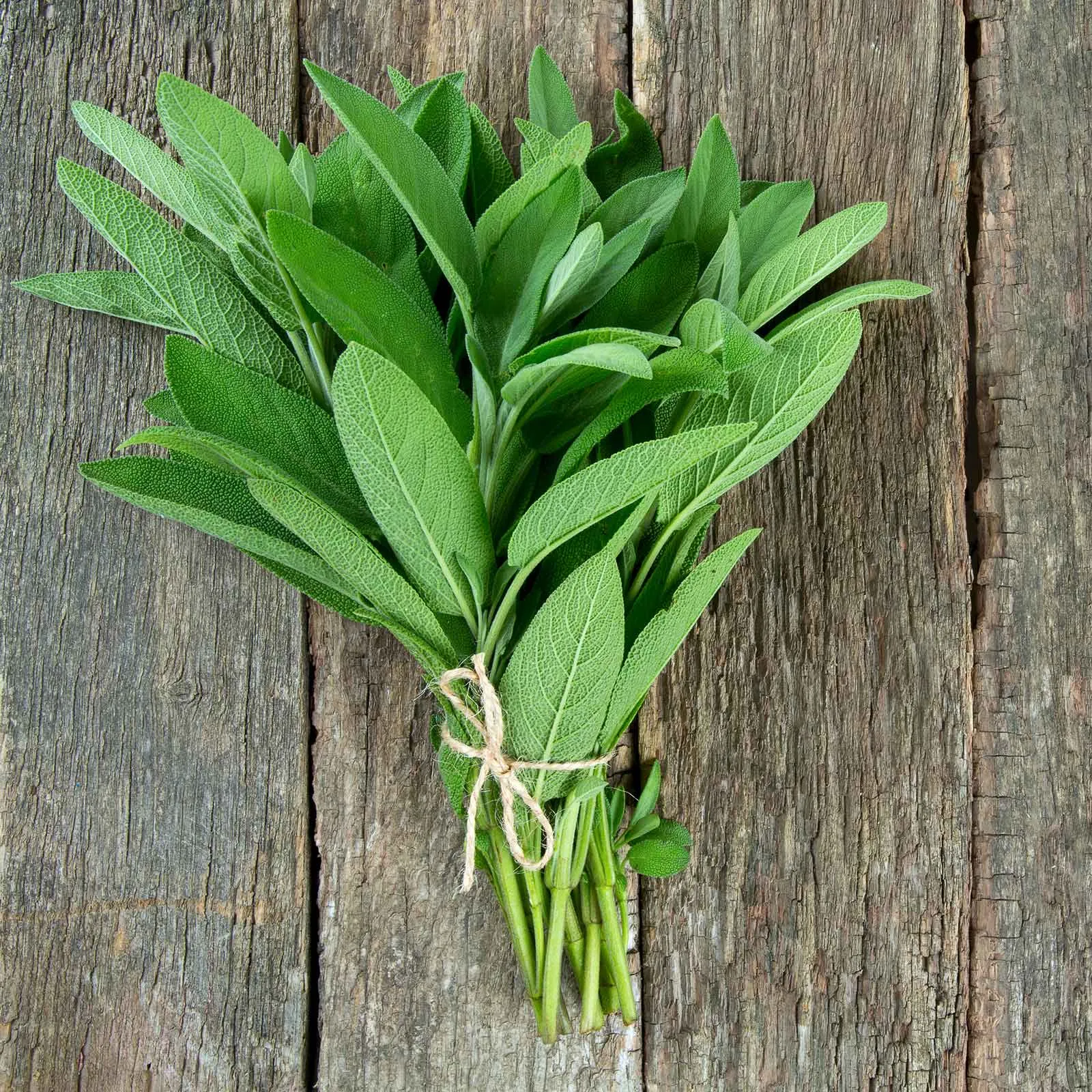
20 Creative Ways to Use Sage
Culinary Uses
Sage-Infused Oil : Infusing olive oil with fresh sage leaves is simple and adds depth to any recipe. Use this oil in dressings, for dipping bread, or as a flavorful addition to roasted dishes.
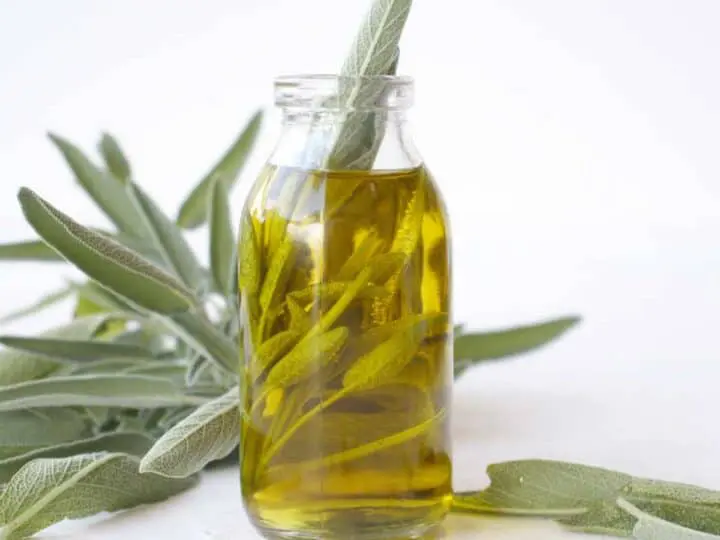
Herbed Butter : Mix finely chopped sage with softened butter to create a delicious herb butter. Spread it on bread, use it to baste meats, or melt it over vegetables for a burst of flavor.

Sage Salt : Blend dried sage leaves with coarse sea salt to create a savory finishing salt. This works well as a topping for roasted vegetables or grilled meats.
Sage Tea : Brew fresh or dried sage leaves in hot water for a soothing tea. Known for its digestive benefits, sage tea can also help alleviate sore throats and coughs.
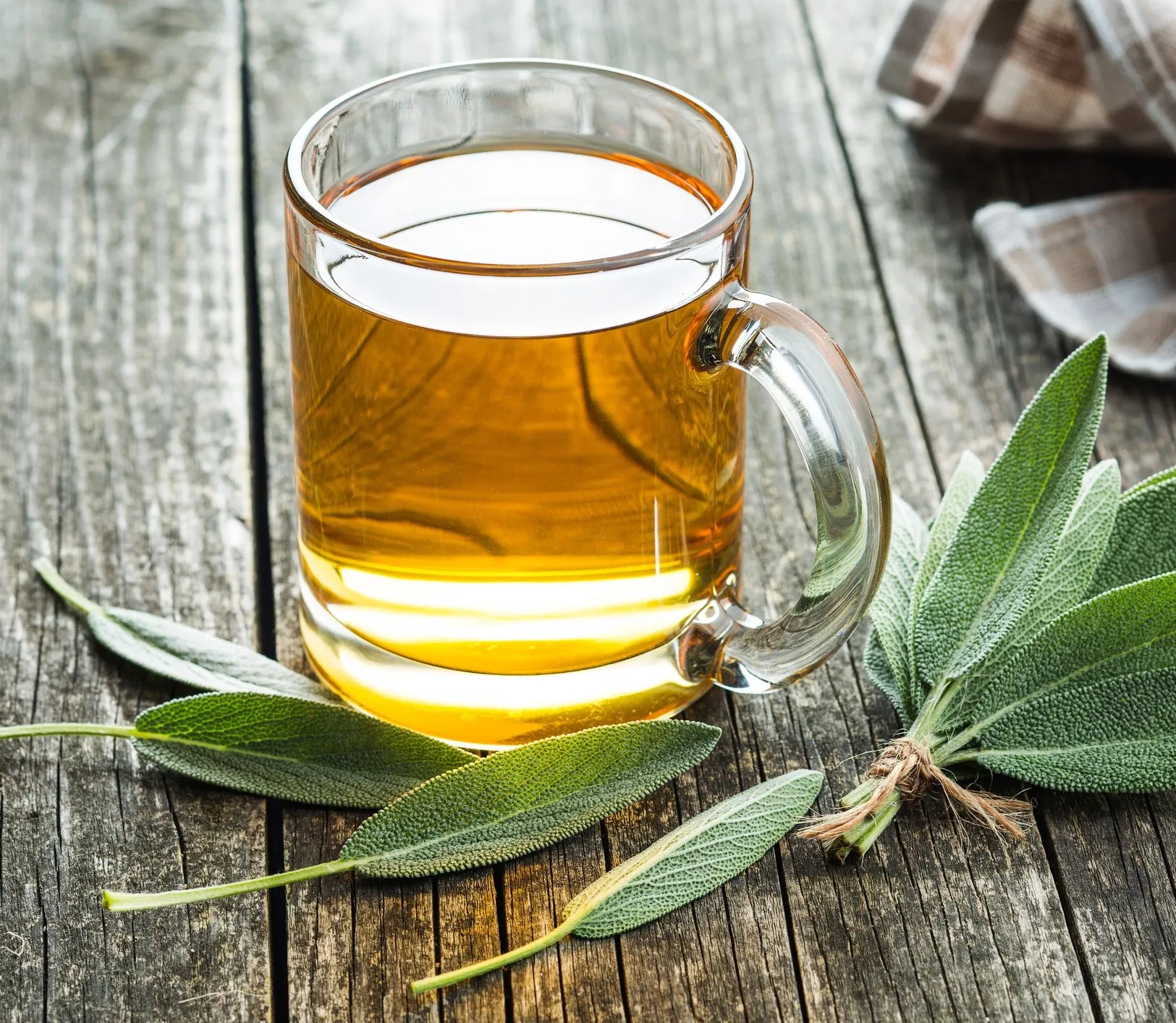
Roasted Sage Potatoes : Add sage leaves to roasted potatoes along with olive oil, salt, and pepper for an aromatic, earthy twist to a classic side dish.
Sage Pesto : Substitute sage for basil in traditional pesto for a unique flavor profile. Sage pesto is excellent in pasta, spread on sandwiches, or mixed into soups for added richness.
Savory Baked Goods : Sage adds a subtle, earthy flavor to baked goods like biscuits, cornbread, and savory scones. Finely chop fresh sage leaves and mix them into your favorite dough recipe.
Sage-Infused Honey : Infuse honey with sage by adding fresh leaves to a jar of honey and letting it sit for 1–2 weeks. Use this infused honey in tea, drizzle over cheese, or sweeten desserts.
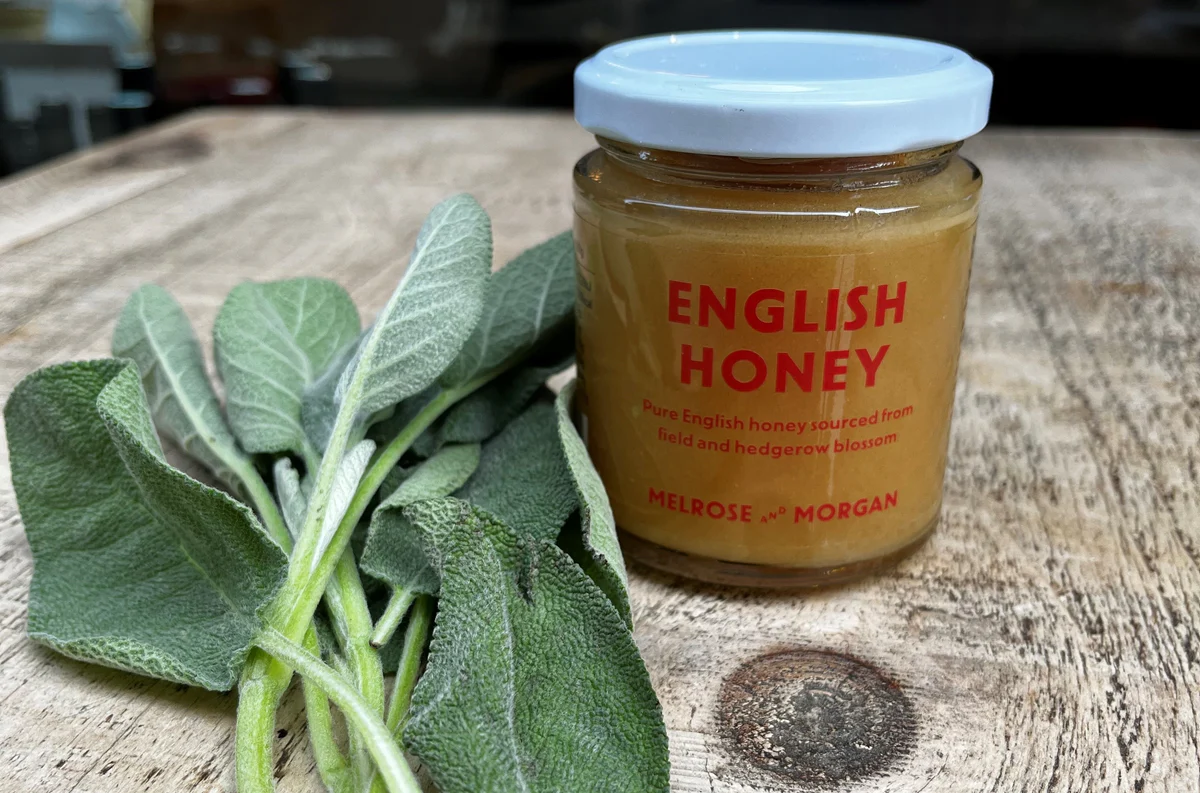
Health and Wellness Uses
Sage Gargle for Sore Throat Relief : Make a simple gargle by steeping sage leaves in hot water, then letting it cool slightly before gargling. This can relieve sore throat discomfort due to its antimicrobial and anti-inflammatory properties.
Digestive Tonic : Sage can help soothe digestive issues. Try drinking sage tea or infusing water with fresh leaves to aid digestion after heavy meals.
Sage for Memory Support : Some studies suggest that sage may improve cognitive function and memory. Drinking sage tea or using it regularly in your diet may offer brain-boosting benefits over time.
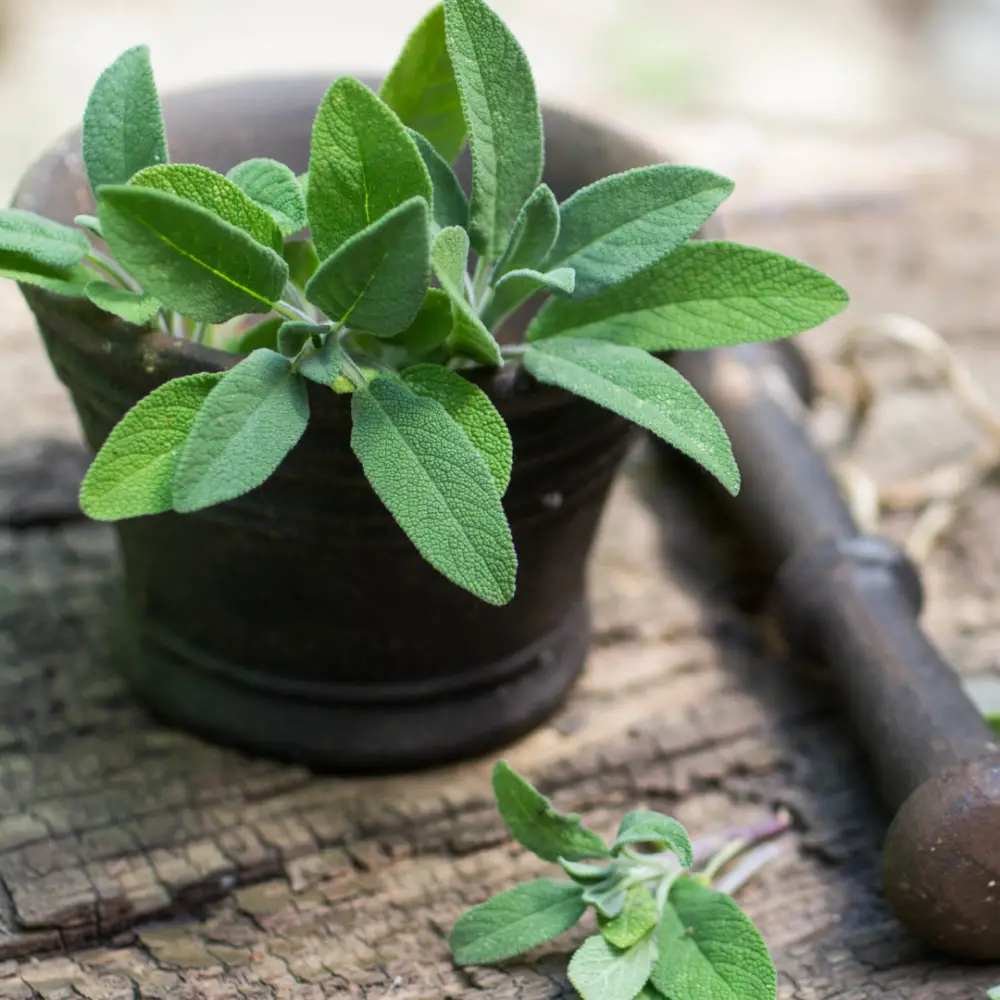
Natural Pain Relief : Sage oil, diluted with a carrier oil, can be applied to sore muscles and joints to alleviate pain and inflammation. Sage’s anti-inflammatory compounds are thought to ease discomfort naturally.
Hormone Balance and Menopause Relief : Sage has traditionally been used to help balance hormones and manage symptoms of menopause, such as hot flashes. Drinking sage tea or using sage supplements can be beneficial for some women during hormonal changes.
Household and Practical Uses
Sage Smudge Sticks : Sage smudging is a practice rooted in Indigenous cultures for spiritual cleansing. Dried sage bundles are burned to release smoke, which is believed to purify and cleanse spaces. This practice is popular in homes to clear energy.
Natural Air Freshener : Boil a handful of sage leaves with water and a few drops of lemon juice to create a natural air freshener that eliminates odors and adds a fresh aroma to your home.
Sage-Infused Vinegar Cleaner : Infuse white vinegar with sage leaves for a natural household cleaner. The antibacterial properties of sage combined with vinegar make it effective for cleaning countertops and other surfaces.

Bug Repellent : Burning sage leaves outdoors can help repel mosquitoes and other insects, making it an excellent addition to outdoor gatherings or campfires.
DIY Sage Shampoo : Sage can help balance oil production in the scalp and promote healthy hair growth. Infuse water with sage leaves, then use this infusion as a final rinse after shampooing.
Sage Bath Soak : Add fresh or dried sage leaves to your bath for a relaxing soak. The anti-inflammatory properties of sage can help soothe skin and relieve tension.
Potpourri : Dried sage leaves make a beautiful addition to potpourri, providing both visual interest and a lovely, earthy aroma. Combine with dried flowers and essential oils to create a customized scent for your home.
Growing Sage in Your Garden
Sage is relatively easy to grow, making it an accessible herb for home gardeners. Here are a few quick tips:
Choose a Sunny Spot: Sage loves sunlight, so find a bright location with at least 6–8 hours of daily sun.
Well-Drained Soil: Sage doesn’t thrive in wet or compacted soil. Plant it in well-draining soil to prevent root rot.
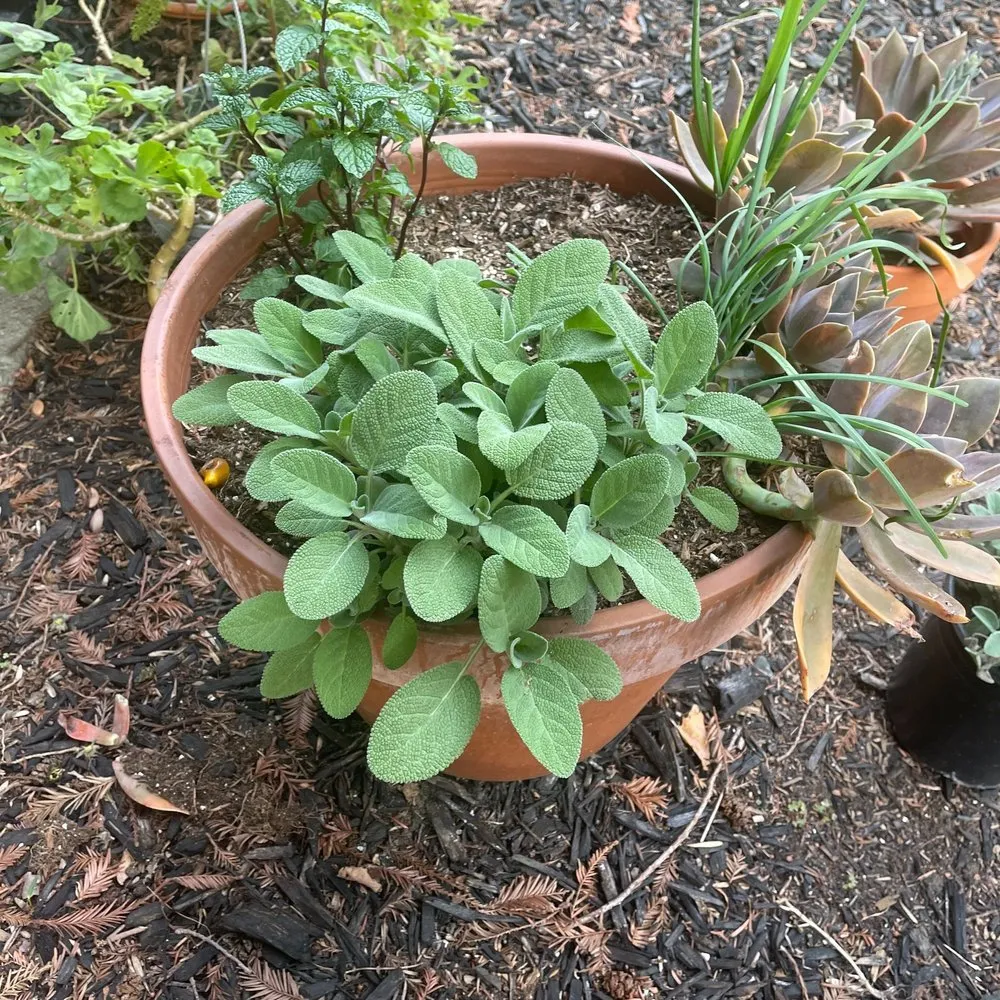
Water Sparingly: Sage is drought-resistant and doesn’t require much water. Let the soil dry out between watering to keep your plant healthy.
Harvest Often: Prune regularly by cutting just above the leaf node to encourage fuller growth. You can harvest leaves year-round.
Conclusion
Sage is a remarkable herb, rich in flavor and health benefits, while also providing versatility in household uses. Whether you’re looking to enhance your cooking, support your health, or create a naturally aromatic home, sage offers a myriad of options. Growing sage in your garden gives you access to a fresh supply of this underrated super-herb, allowing you to experience its wide-ranging benefits firsthand. So, if you haven’t already, consider adding sage to your garden and daily routine—it’s a small step that can have big rewards.



